2023.04.14
National Tsing Hua University (NTHU) in Taiwan has recently inaugurated the Bamboo House at the Center for Indigenous Science Development (CISD)—the first of its kind in Taiwan. The inauguration ceremony was attended by a number of VIPs, including Legislator Ciwas Ali (高金素梅) and elders representing the 16 officially recognized aboriginal tribes of Taiwan. The Bamboo House combines aboriginal wisdom and innovative construction methods, and was built with nearly 10,000 pieces of makino bamboo. In addition to displays on indigenous culture, the building also has an augmented reality installation highlighting the traditional wisdom of Taiwan's aboriginal peoples.
The inauguration ceremony began with a blessing sung by Atayal elder Gumai (古邁), followed by the VIPs sprinkling millet wine on the ground, symbolizing respect and love for this piece of land. The elders also presented NTHU with a pair of traditional hunting knives of the Taroko tribe, representing invincibility and overcoming obstacles, which will be displayed in the Bamboo House. One of the highlights of the event was when the guests pounded mochi while aboriginal students from the Wufeng Elementary School in Hinshcu County sang a song in the Saisiyat language.
NTHU president W. John Kao (高為元) said that the opening of the Bamboo House is a milestone indicating the increasing recognition of the ancient wisdom of Taiwan's indigenous peoples, especially regarding the coexistence of people and nature. He added that indigenous wisdom can boost NTHU's efforts in sustainable development, and that the university is looking forward to more opportunities to cooperate with indigenous groups in the future.
Legislator Ciwas Ali choked up as she recalled all the difficulties that had to be overcome in the process of constructing the Bamboo House, including the rapidly escalating cost of building materials, the pandemic, and problems with building permits. She further noted how the aboriginal elder Heitay Payan (黑帶.巴彥)---one of the initiators of the project--regained his health just in time to participate in the inauguration ceremony.
Also in attendance was former NTHU president Hocheng Hong (賀陳弘), who played a key role in the project. He thanked CISD director Fu Li-yu (傅麗玉) for making valuable contributions to indigenous science education, as well as Legislator Ciwas Ali for her enthusiastic backing of the project. Finally, he acknowledged all the support provided by the Ministry of Education and the Council of Indigenous Peoples, laughingly saying, “Even better than good planning is a job well done, and best of all is a job well done without going over budget,” raising a round of applause from the audience.
A healing space on campus
The CISD was established in 2019 and the Bamboo House is providing it with space for teaching, exhibitions, conferences, and offices. Fu said that the completion of the Bamboo House will allow for increased research and events on indigenous knowledge.
Walking into the campus from the path next to the motorcycle garage on Guangfu Road, one catches sight of the Bamboo House set amidst lush vegetation, along with a traditional granary, watchtower, and fireplace. This area has already become a favorite of NTHU students as a place for picnics and relaxation.
Fu said that the bamboo was sourced from Jianshi Township, Hsinchu County, and that the Bamboo House has one floor above ground and one floor underground. The first floor contains an audio-visual space that can accommodate 50 people as well as offices and conference rooms, whereas the basement has an exhibition room and a classroom. In order to comply with building and fire regulations, the Bamboo House is framed with reinforced concrete, and it is the country's first aboriginal bamboo structure constructed with a building permit and authorized to have classes and offices.
Fu said that the architect of the Bamboo House was Lin Chih-cheng (林志成), who prepared for the project by not only consulting with the ecologist Nan-Jhong Lin (林南忠), but also by visiting Heitay Payan as well as Sawbon Iban (少風.一凡) and his father, who are experts in indigenous bamboo construction. As a result, he adopted an innovative method which allows bamboo sections to be individually replaced, making the building easier to maintain. During the construction process, the 16-member advisory committee of the CISD provided many valuable suggestions, resulting in a structure that combines traditional craftsmanship and modern construction methods.
Fu thanked the Ministry of Education and the Council of Indigenous Peoples for providing NT$40 million for the construction of the Bamboo House, the National Science Council for its long-term support for producing animations on indigenous science, and the K-12 Education Administration of the Ministry of Education for supporting the Flying Squirrel Tribe science education website.
Using augmented reality to reveal indigenous wisdom
In the basement of the Bamboo House is a classroom and exhibition space where augmented reality is used to conduct experiential teaching. Fu said that visitors can download an app to their tablet or mobile phone, whereupon Giwas (吉娃斯), the heroine of Go Go Giwas, an animated science education film produced in Taiwan, along with her sidekicks, take them on a voyage of discovery featuring the traditional wisdom of Taiwan's indigenous peoples.
Fu said that the CISD has developed more than 17 experiential science modules, including augmented reality, virtual reality, and DIY. There are also plans for using animations to teach people how to use locally sourced materials to make such items as Atayal propellers, xylophones, flutes, and bamboo guns.
The Center is also planning to set up a website for bringing aboriginal wisdom to a wide range of people.
Among the VIPs at the inauguration ceremony were Chu Chun-chang (朱俊彰), director-general of the Department of Higher Education; Biung Takisvilainan (邱文隆), deputy minister of the Education and Culture Department of the Council of Indigenous Peoples; and Cheng Yuan-chuan (鄭淵全), director-general of the Ministry of Education's Department of Planning.
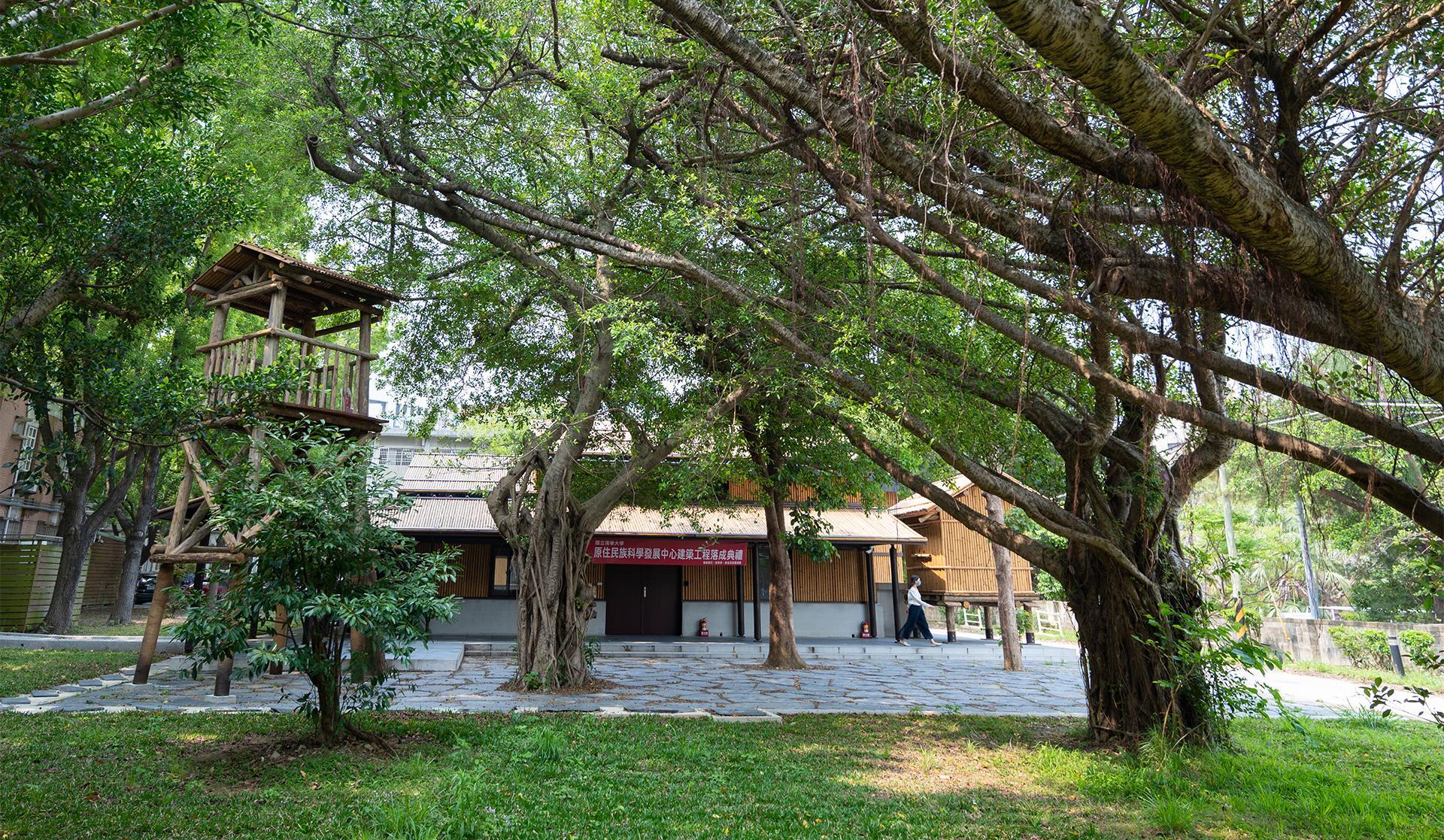
NTHU has recently inaugurated the Bamboo House at the CISD.
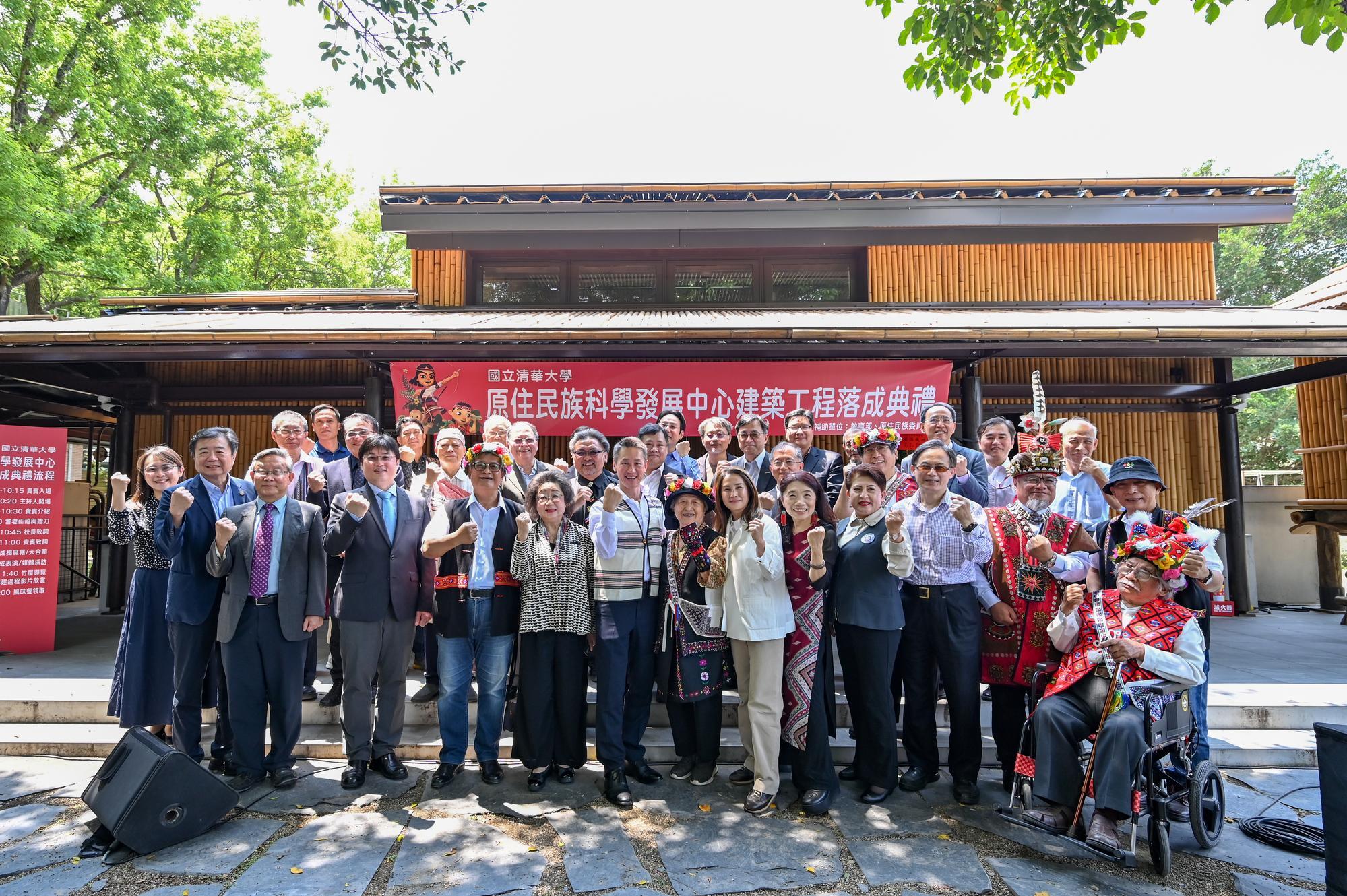
NTHU president W. John Kao (高為元) and Legislator Ciwas Ali (高金素梅) pounding mochi.
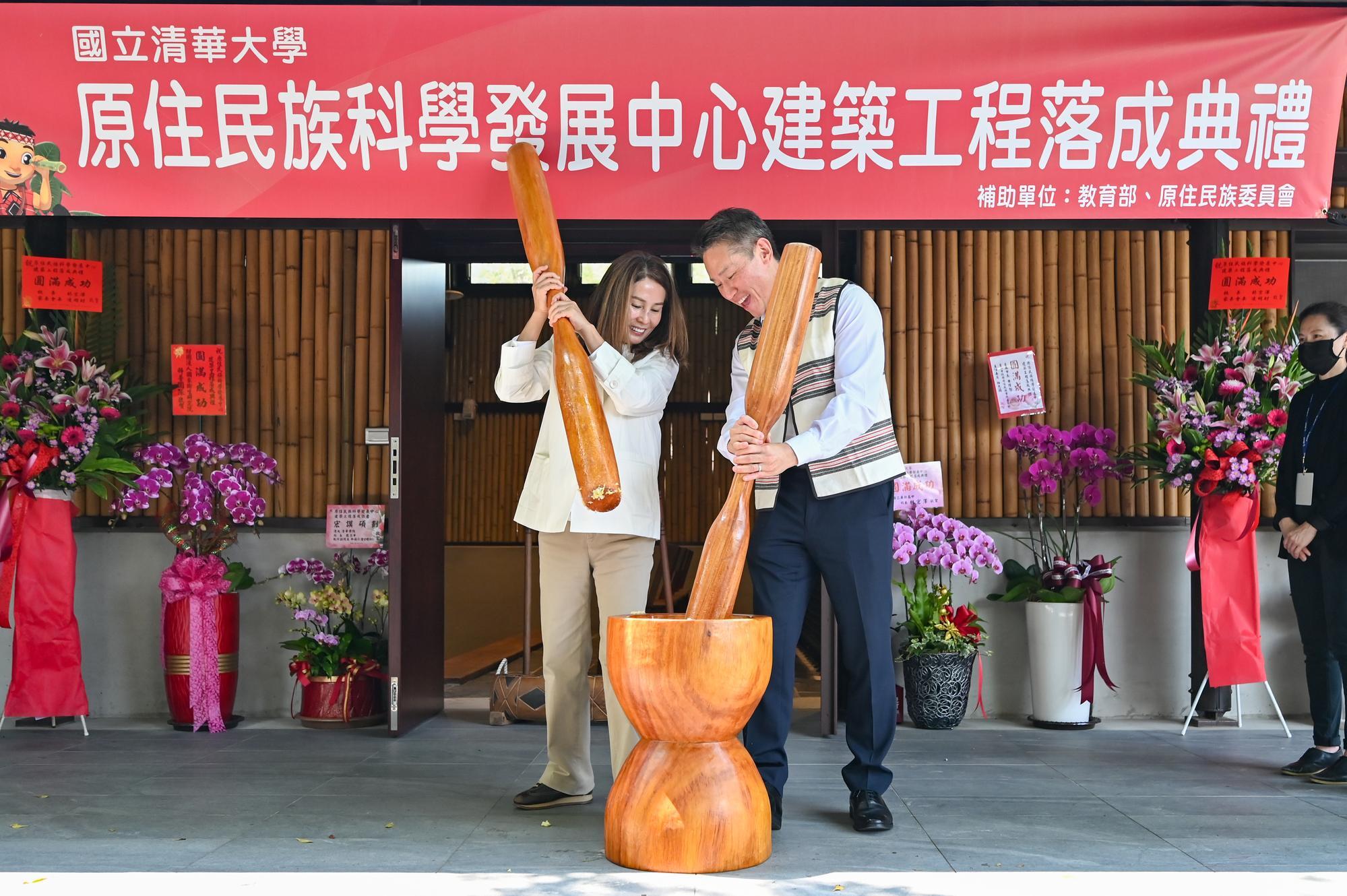
Atayal elder Gumai (古邁) presenting a pair of traditional hunting knives to NTHU president W. John Kao (高為元).
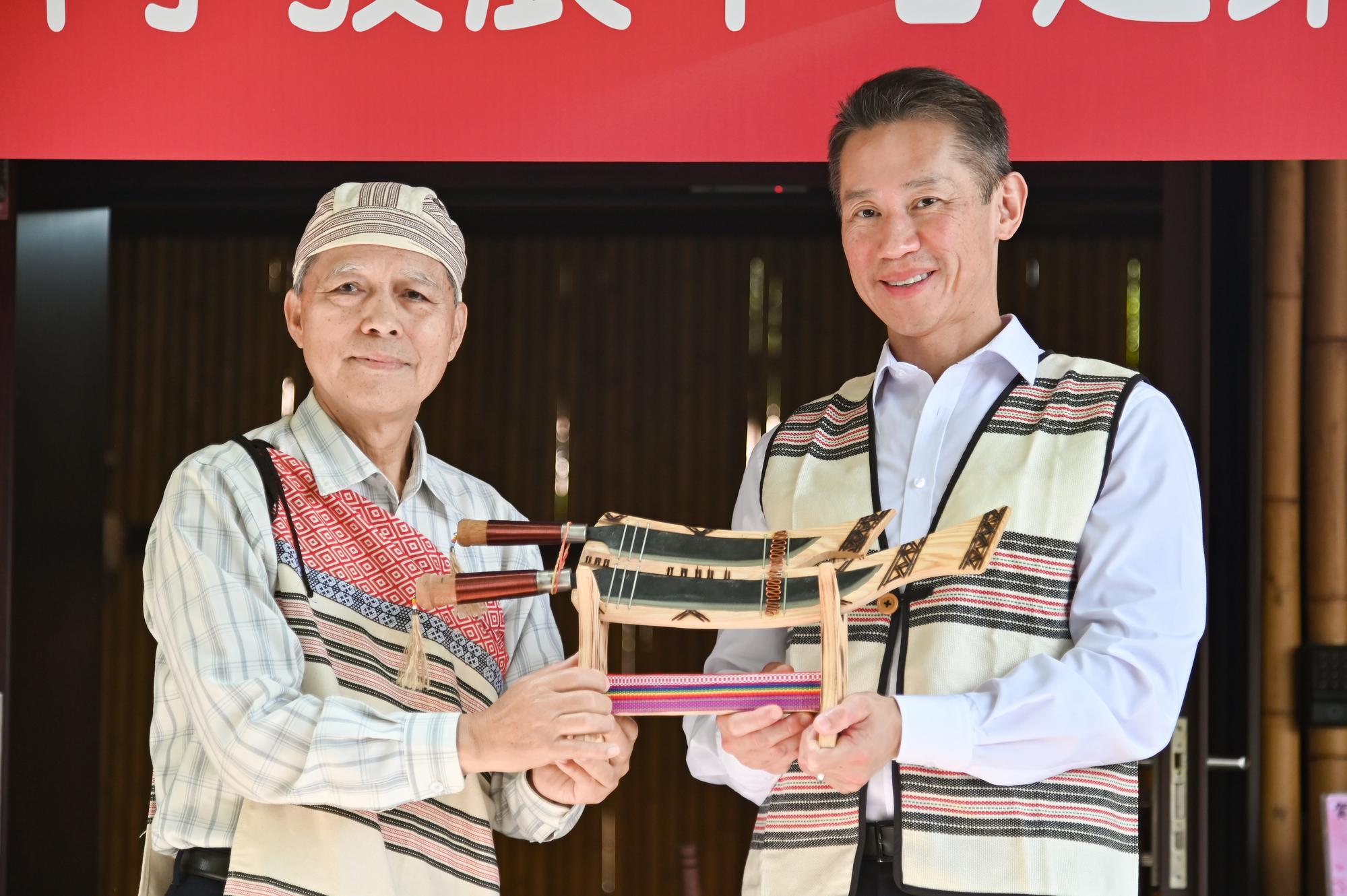
Legislator Ciwas Ali (高金素梅) and VIPs sprinkling millet wine on the ground, symbolizing respect and love for this piece of land.
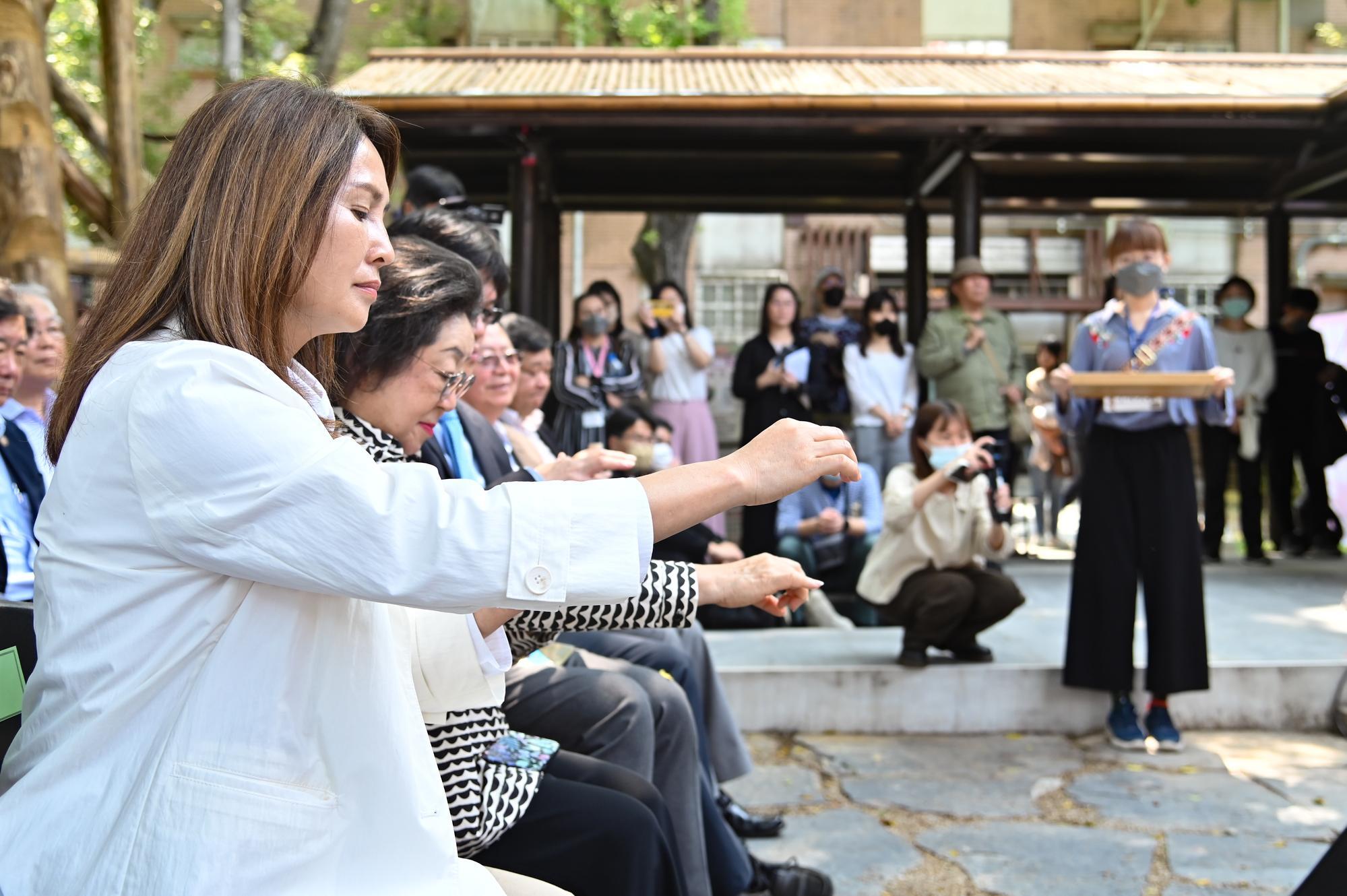
Rukai elder Lavuras Abaliwsu (包基成) (center) and other elders representing the 16 officially recognized aboriginal tribes of Taiwan.
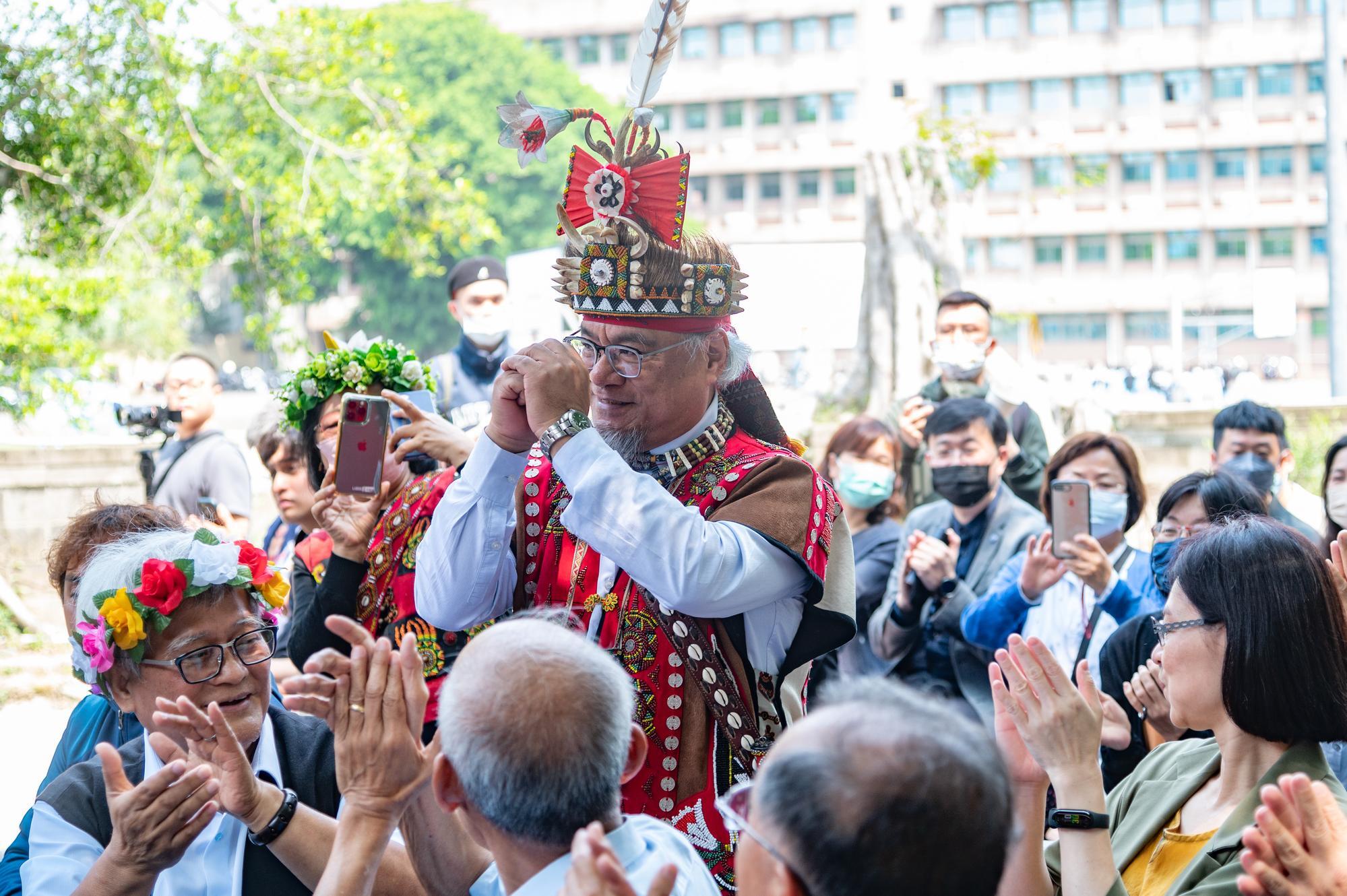
Aboriginal students from the Wufeng Elementary School in Hsinchu County singing in the Saisiyat language.
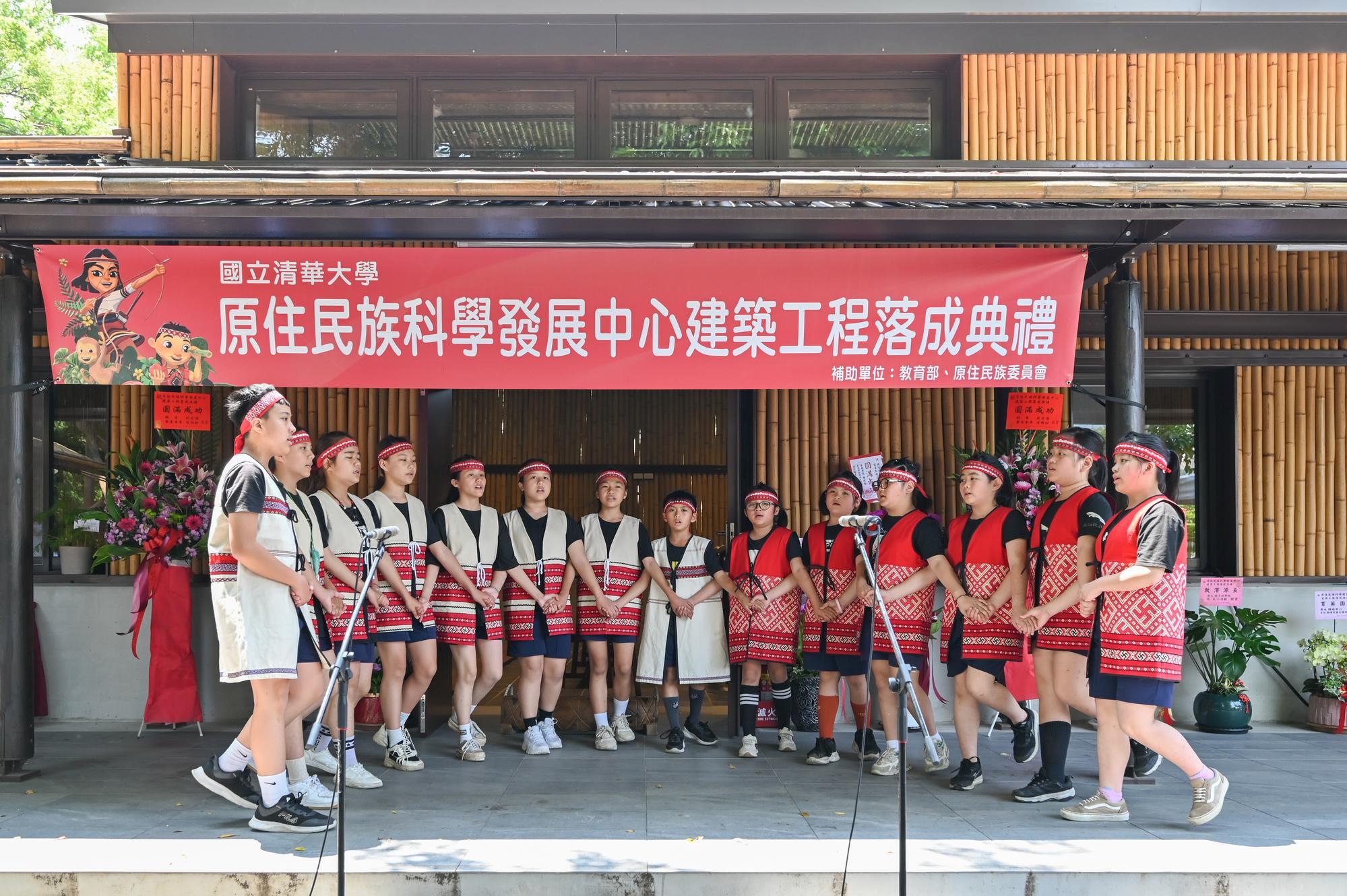
The Bamboo House is set amidst lush greenery.
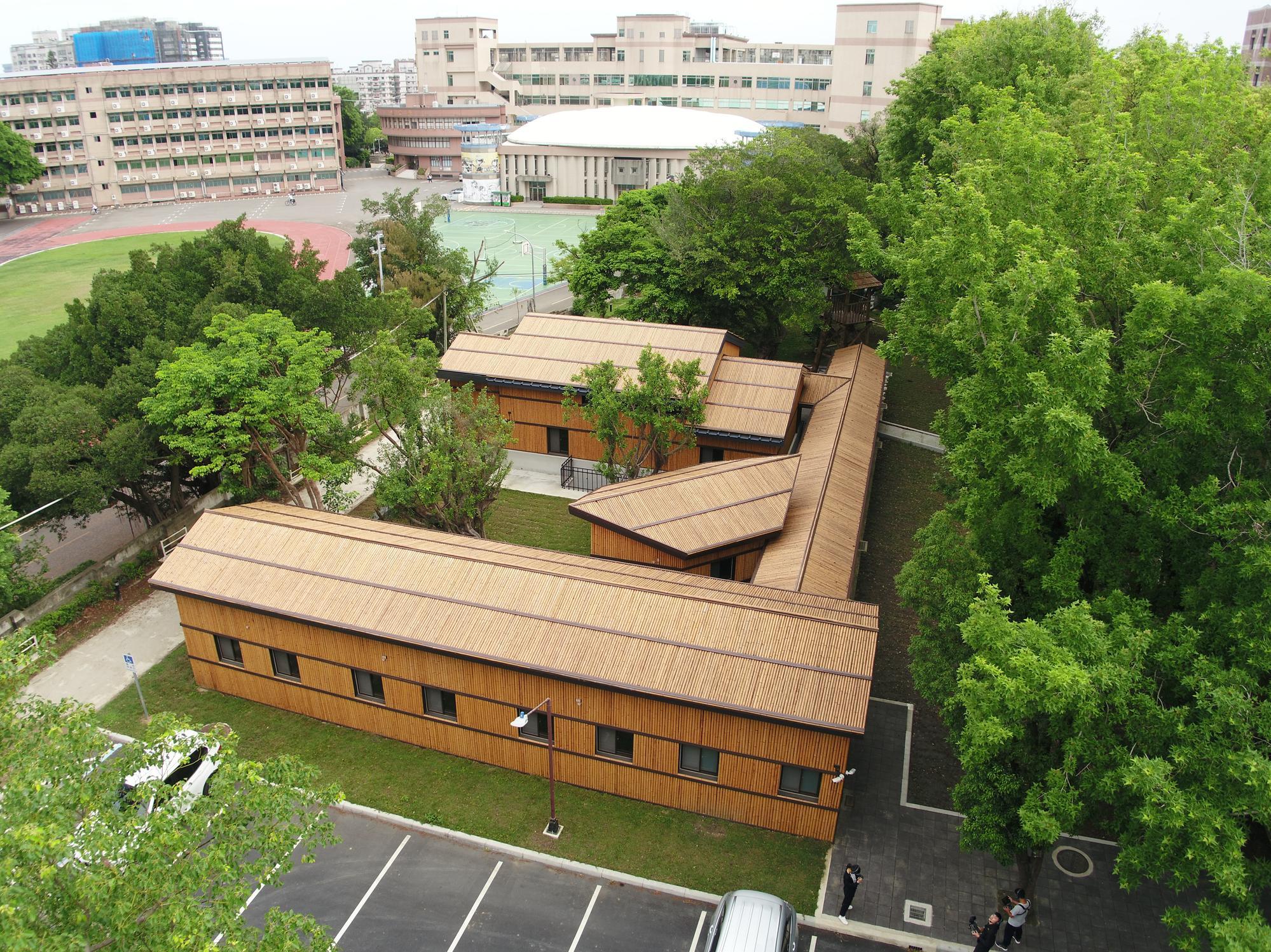
The Bamboo House was built with nearly 10,000 pieces of makino bamboo.
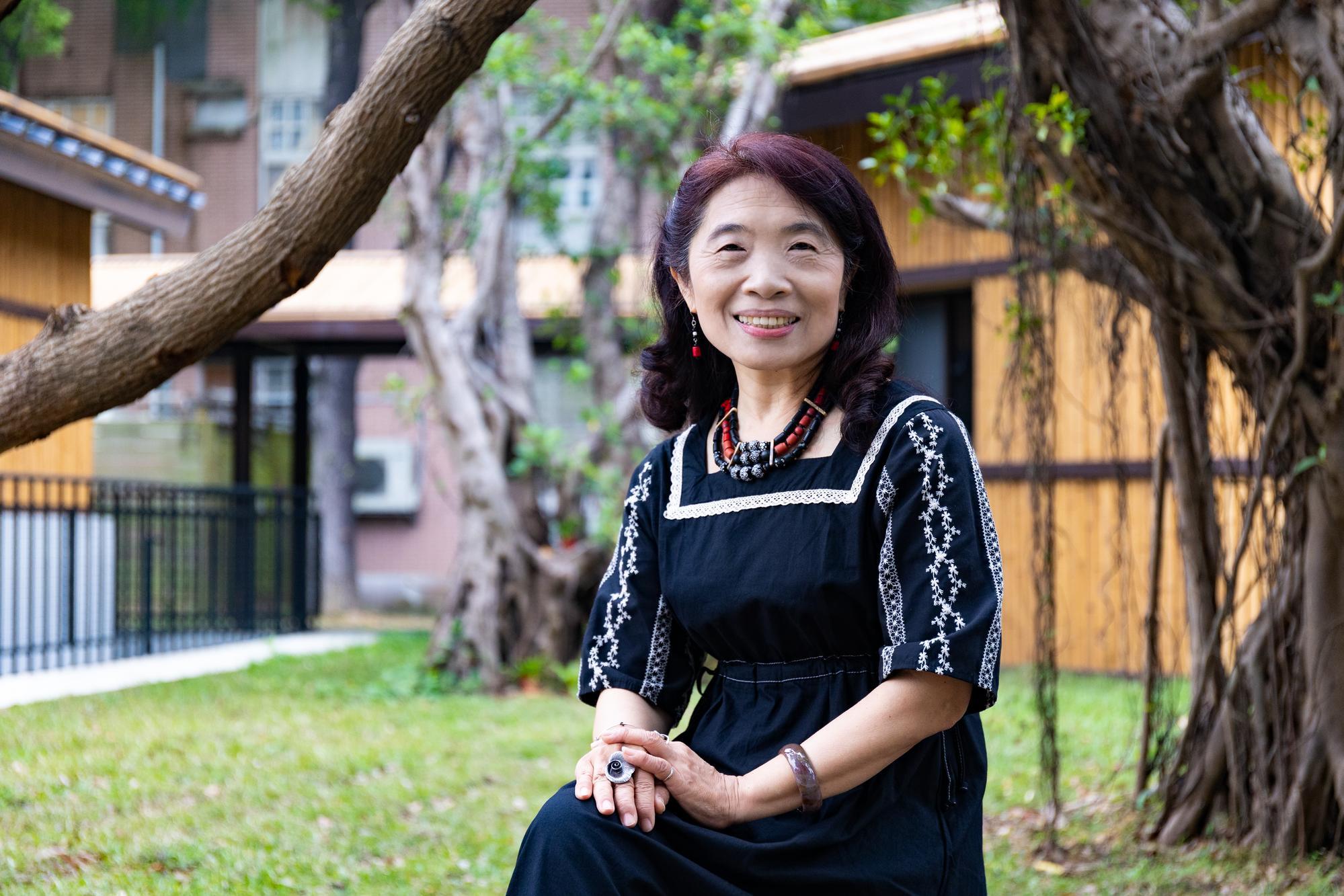
CISD director Fu Li-yu (傅麗玉).
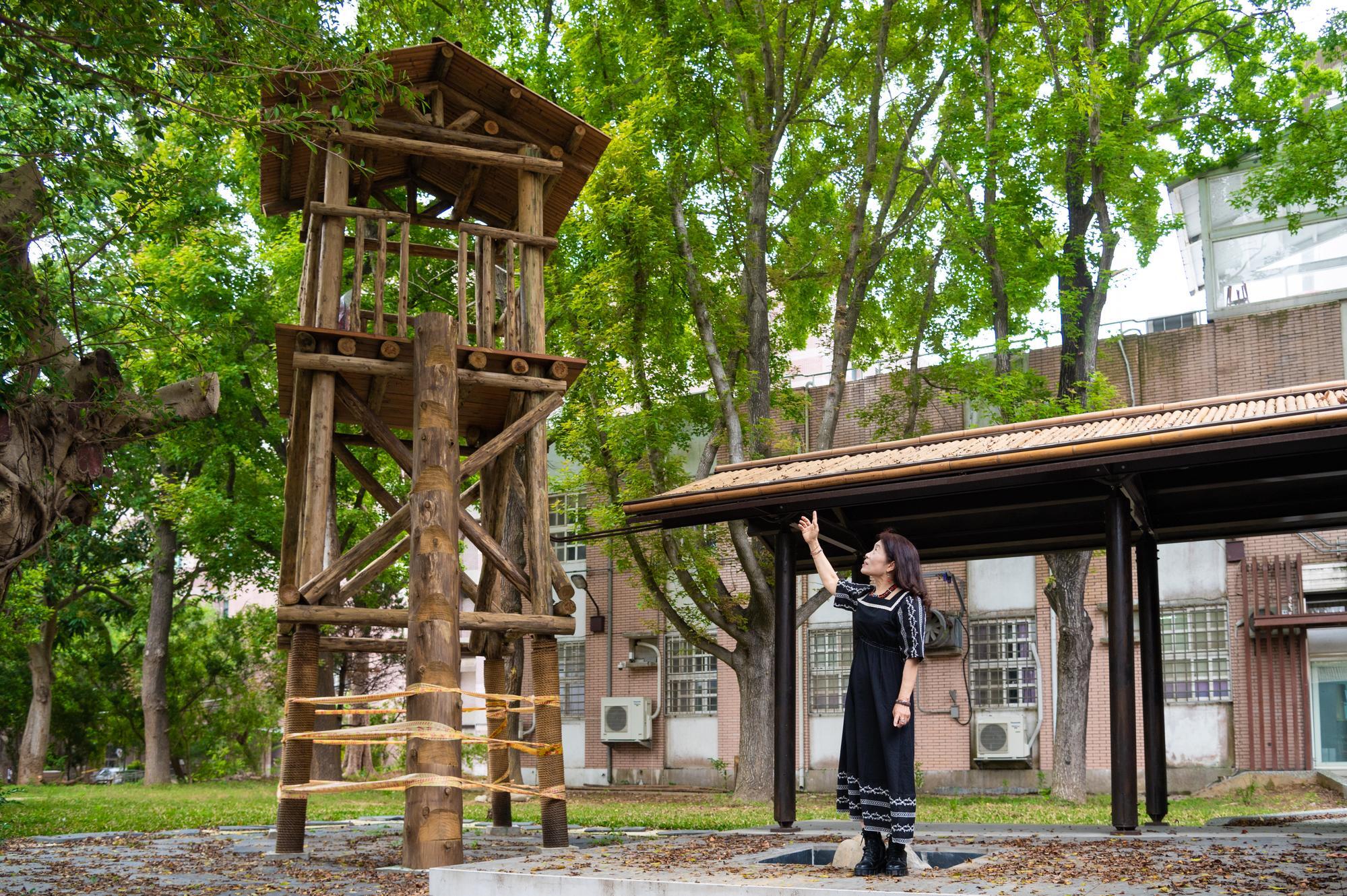
The traditional aboriginal tower provides security by allowing one to see into the distance.
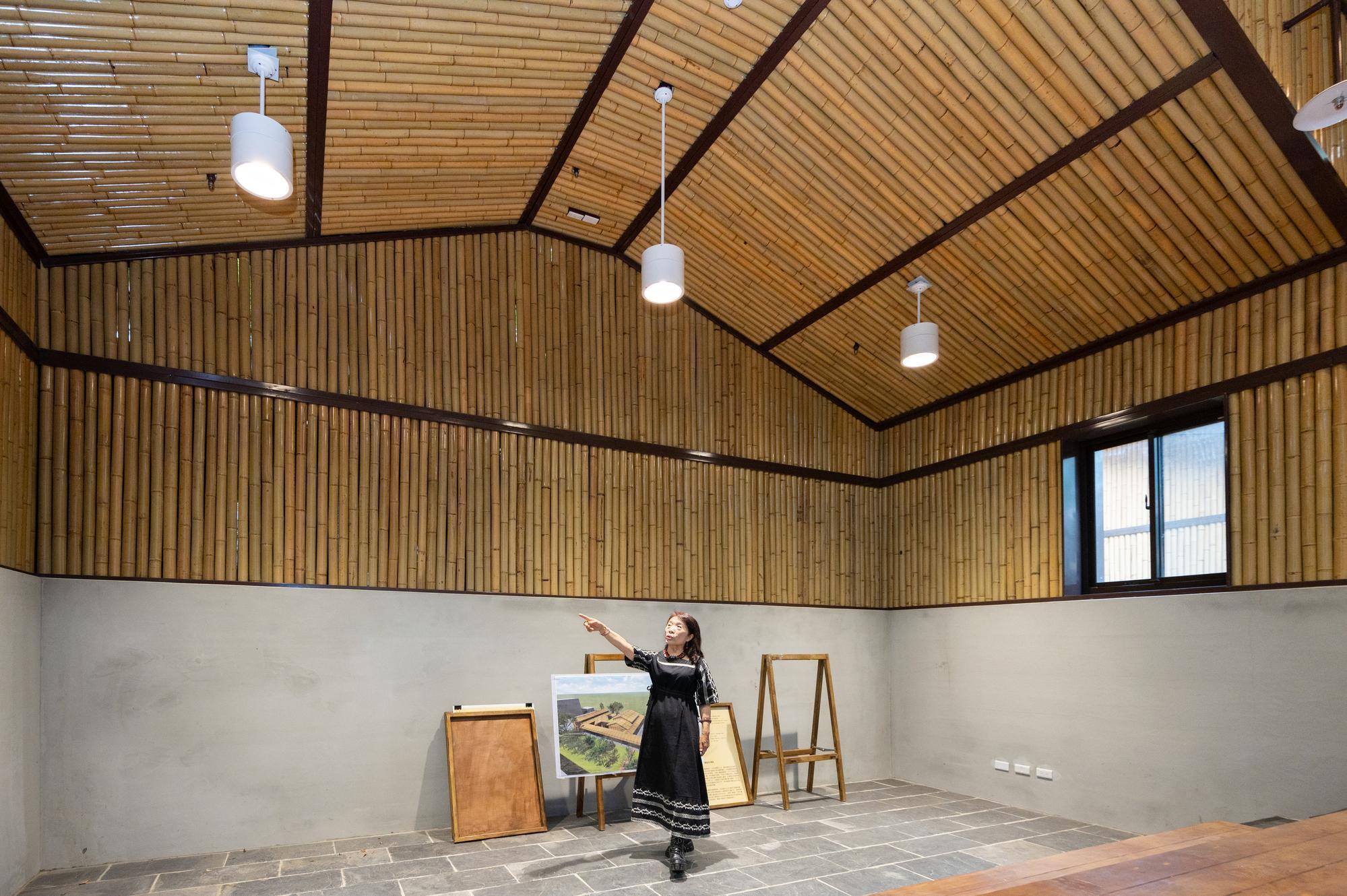
The first floor has an audio-visual space that can accommodate 50 people.
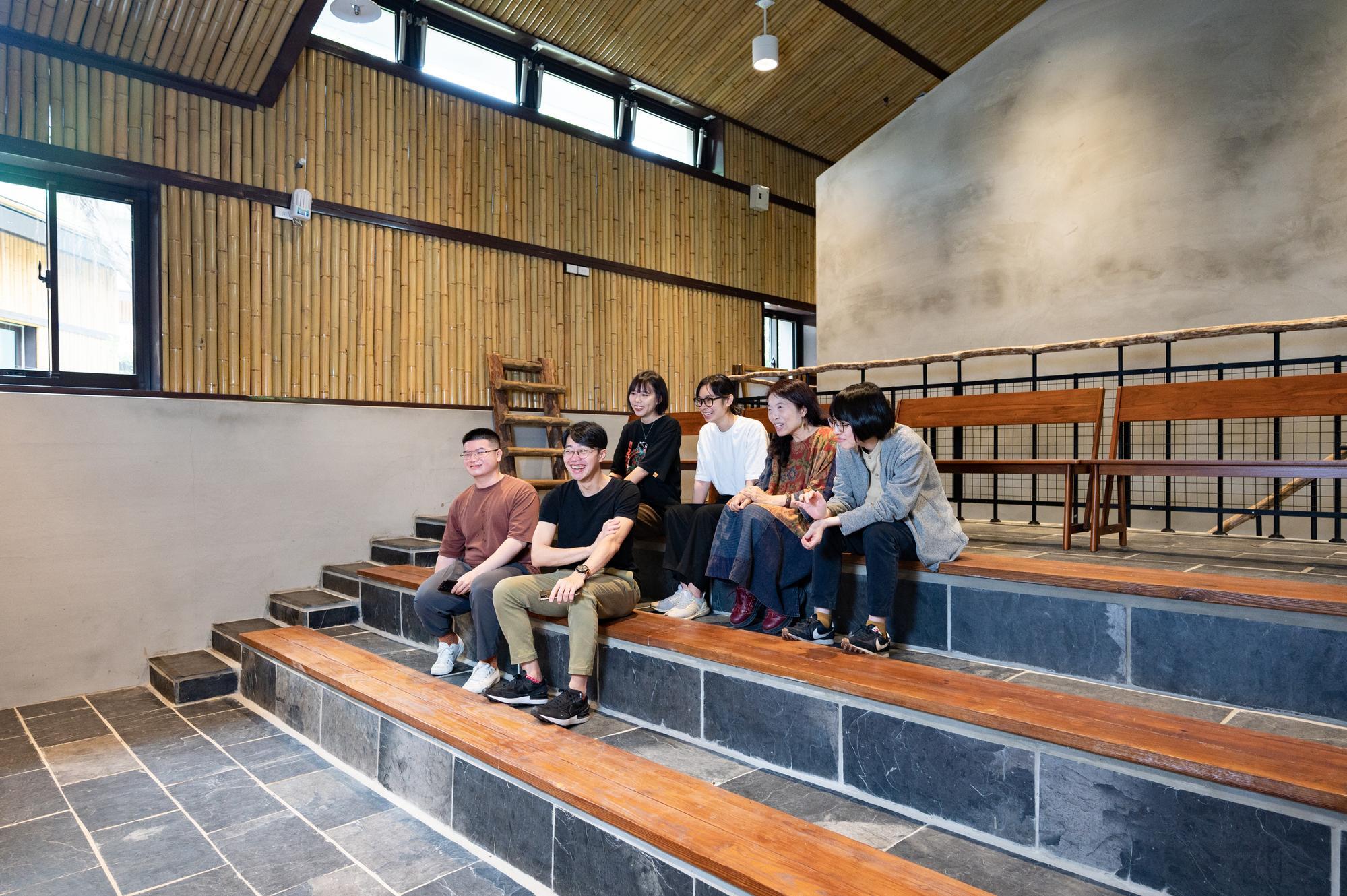
The first floor has an audio-visual space that can accommodate 50 people.
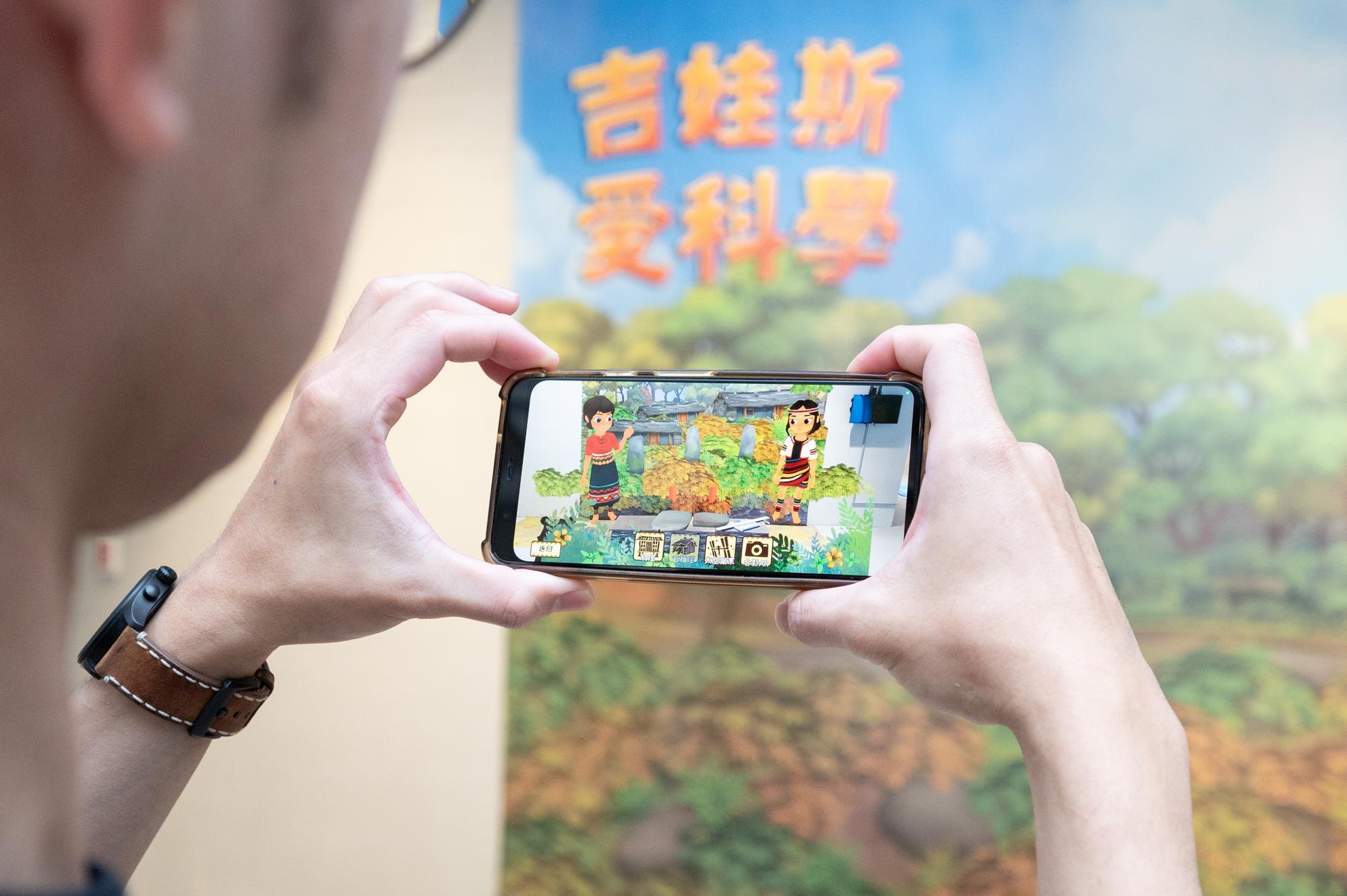
The CISD has developed more than 17 experiential science modules, including augmented reality.
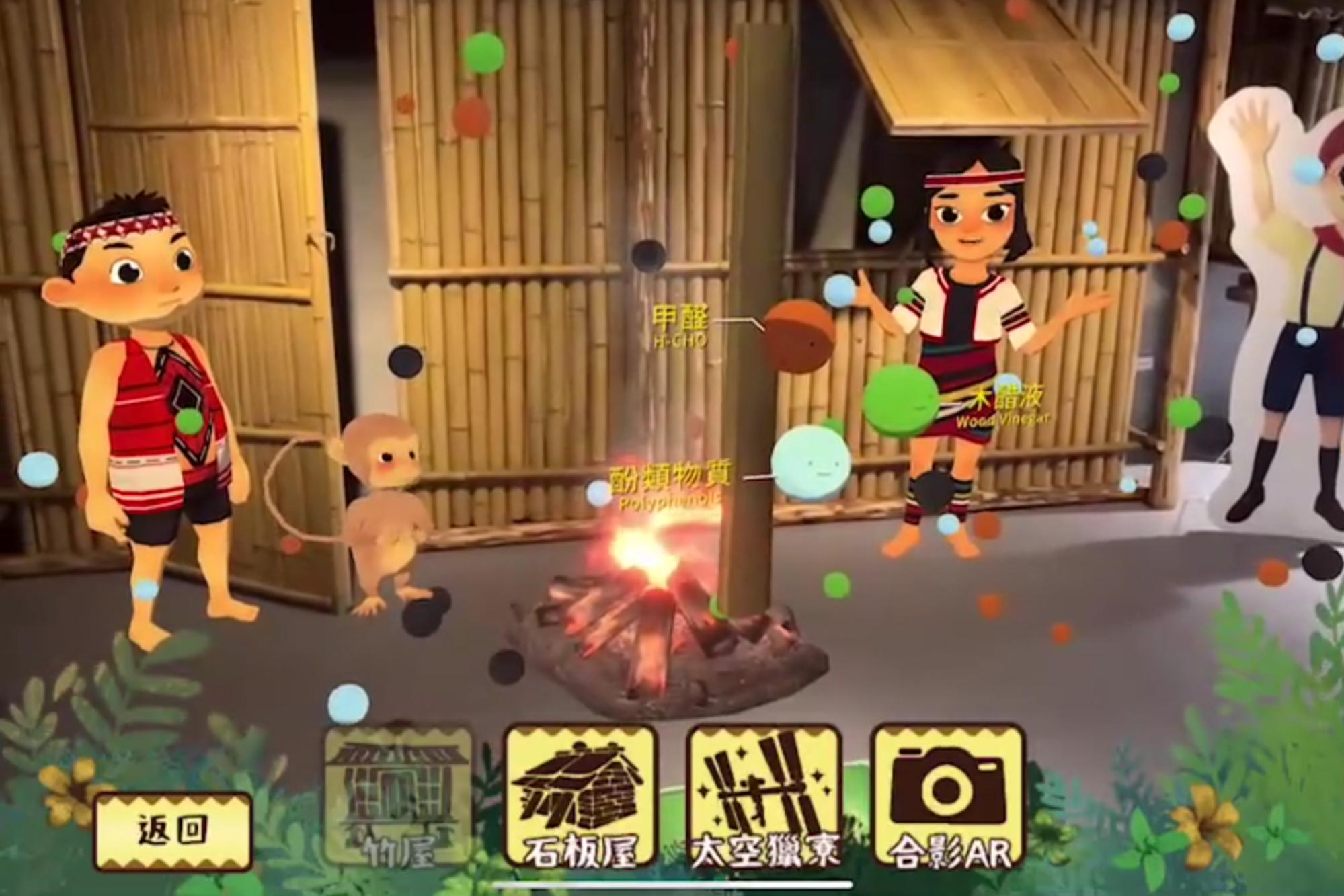
The CISD has developed more than 17 experiential science modules, including augmented reality.














